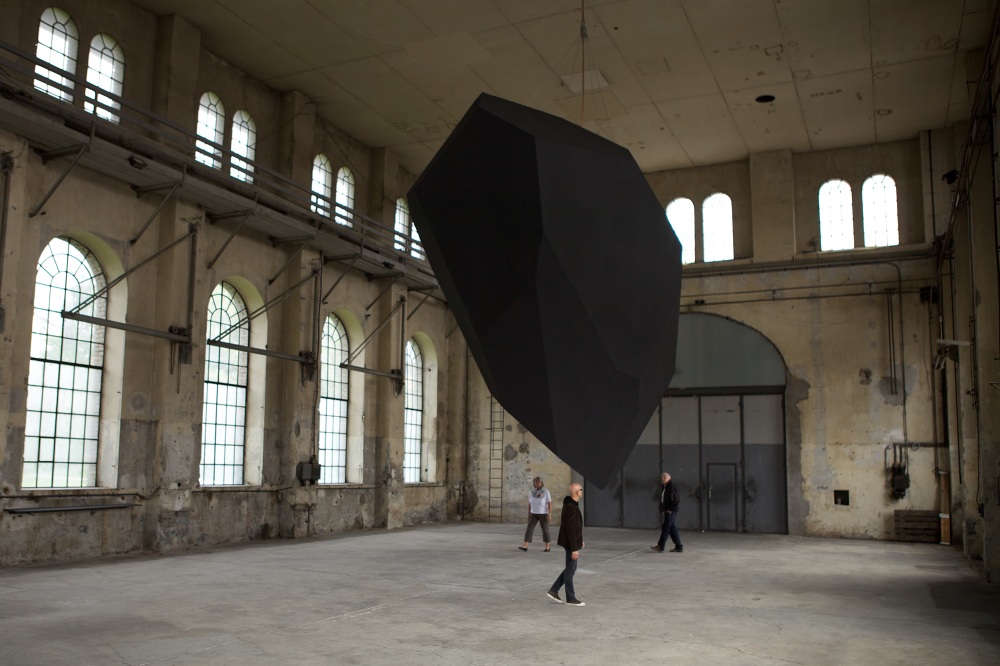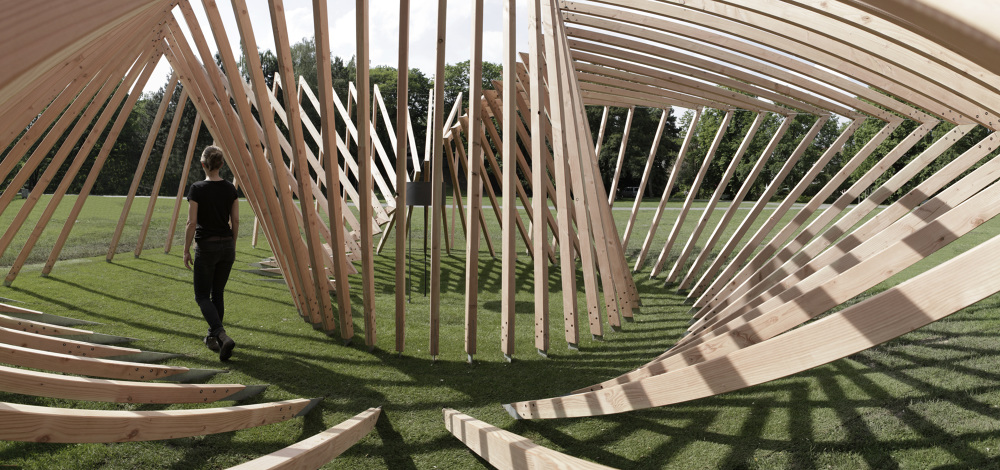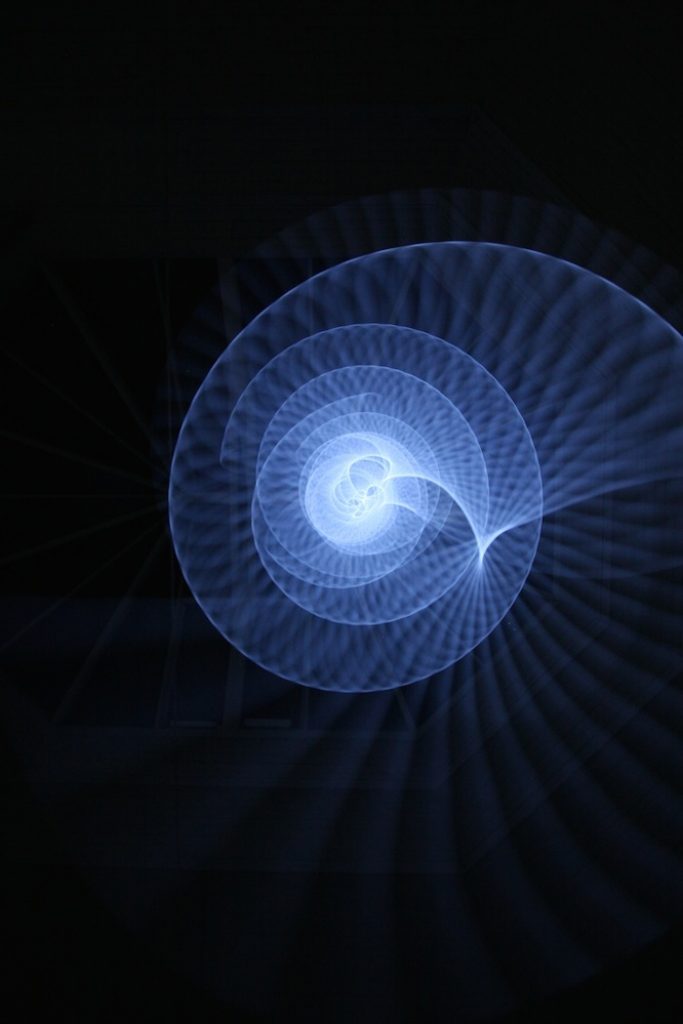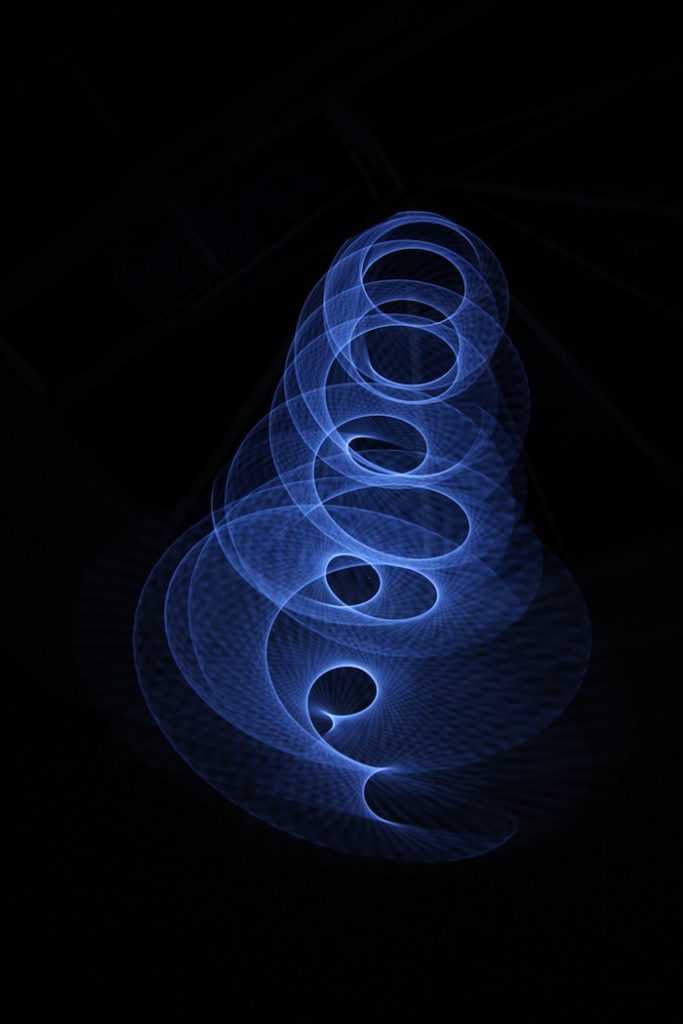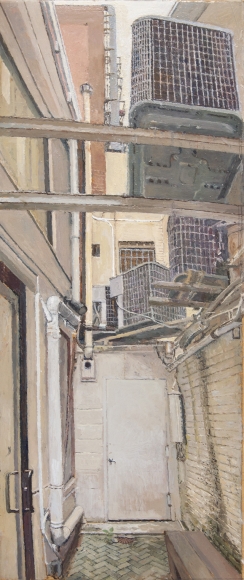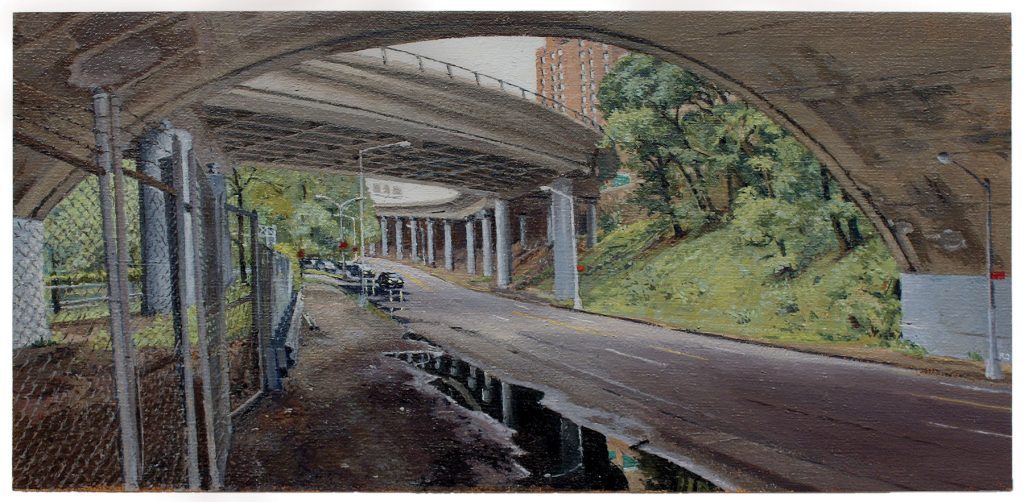Margaret Kilgallen was born on October 28, 1967, in Washington, D.C. and received her BFA in printmaking from Colorado College in 1989. She combined larger-than-life paintings, handmade signs, and graffiti into a unique American folk style that still lives on today, despite her early death in 2001.

This painting over San Francisco State University’s experimental art space, “The Lab,” is still present to this day.
As a child, Kilgallen became an accomplished banjo player, and later payed homage to Matokie Slaughter (a folk musician) by using the name as her Moniker, specifically on freight trains, as well as using the name, “Meta.”


With an expressed love of things that are handmade, her art reflects that in large room-sized murals of signs painted without tape for the edges, leaving the human-errors as part of the process. Her interest in manuscript paintings and the lettering of the manuscripts combined with her interest in bookbinding lead her to stylized flat painting style, straightforward and stylish with limited small details. She credits the flat painted storefront of old Americana as part of her primary influence.

” … I do everything by hand. I don’t project or use anything mechanical, because even though I do spend a lot of time trying to perfect my line work and my hand, my hand will always be imperfect because it’s human. And I think it’s the part that’s off that’s interesting, that even if I’m doing really big letters, and I spend a lot of time going over the line and over the line and trying to make it straight, I’ll never be able to make it straight. From a distance, it might look straight, but when you get close up, you can always see the line waver. And I think that’s where the beauty is.” (https://art21.org/read/margaret-kilgallen-influences-train-marking-and-graffiti/)

Her hand painted signs call back to a time before factory printing and machine-made duplication, where skill resided in the person rather than code, and was as limited in her processes as possible to keep the human touch present throughout. Her often wall-sized women are depicted in active scenes, surfing and riding bicycles as were two of her known hobbies.

After graduating from Colorado College, Kilgallen went on to exhibit her art in solo shows in California and New York from 1997 through 1999, after which she received her Master of Fine Arts from Stanford in 2001.
She is described as “five feet ten and slender, Kilgallen was intrepid, stubborn, and mischievous, a winsome tomboy with curly reddish-brown hair that she often pulled back in a clip at her temple. She was stylish and insouciant; she shoplifted lingerie from Goodwill and wore an orange ribbon tied around her neck.” (https://www.newyorker.com/magazine/2015/08/10/a-ghost-in-the-family)

Throughout her secret battle with cancer, Kilgallen created art and installation exhibits, continuing her work even while undergoing treatment and surgeries. However, she refused to undergo chemotherapy in hopes to bring a pregnancy to term, which she did in June 7th of 2001 when her daughter Asha was born. Margaret died three-weeks later on June 26th.



Several major exhibits showed after her death, both solo and her work as important pieces of larger touring works showcasing multiple artists.
Her work is still being displayed, the most recent show in the Aspen Art Museum that ran from January 12th through June 16th this year.
Citations:
https://art21.org/read/margaret-kilgallen-influences-train-marking-and-graffiti/
https://art21.org/artist/margaret-kilgallen/
https://www.newyorker.com/magazine/2015/08/10/a-ghost-in-the-family




























